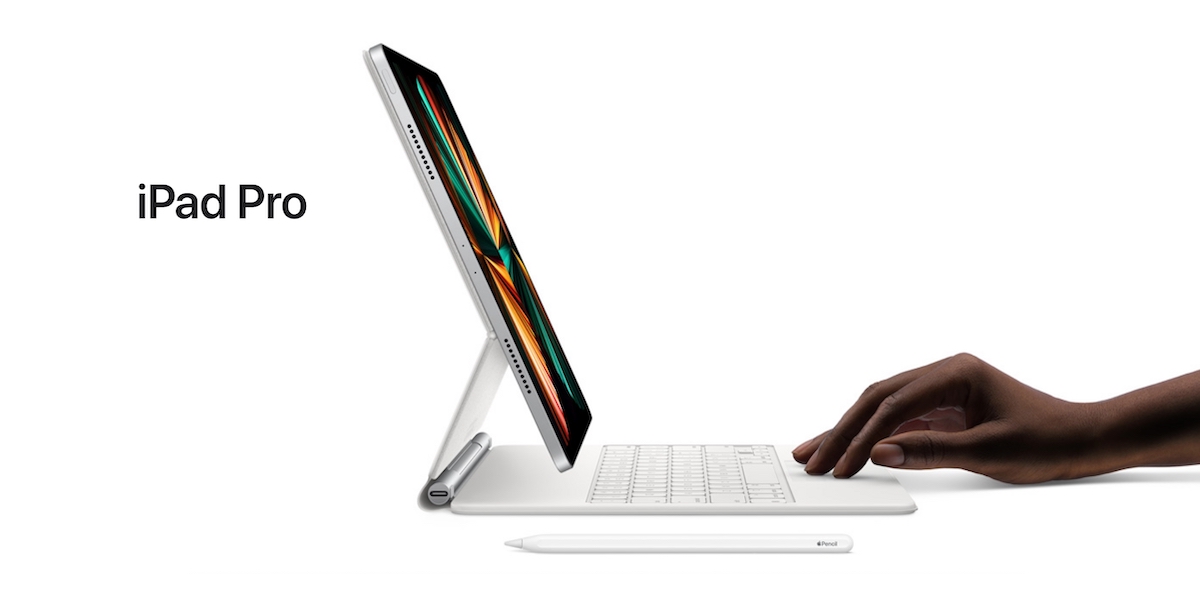According to a new report, Apple’s implementation of the “serialization” method on iPad Pro models has resulted in the loss of Apple Pencil functionality when repaired with third-party parts. This practice has sparked concerns about the Right to Repair movement and is viewed as a tactic to limit customers’ repair options and establish a monopoly, as it becomes increasingly challenging to substitute components in damaged Apple products effectively.

Apple needs to address this Apple Pencil-iPad dilemma for the Right to Repair movement
Serialization is a process where Apple links specific parts in its devices, such as screens, to the logic board using special chips. This technology aims to ensure that iPhones and iPads use verified components, enhancing security and maintaining the integrity of the devices. However, this move has made it challenging for third-party repair services to use non-genuine Apple parts in the process, hampering customers’ ability to opt for more affordable repair options.
Recently, it was discovered (via Forbes) that the serialization method affects the Apple Pencil’s performance after iPad screen replacements. A repair expert, Ricky Panesar, found that when he replaced a customer’s iPad display with a screen from another iPad, the Apple Pencil failed to draw straight lines correctly. This issue arises due to a memory chip on the screen, programmed to enable Apple Pencil functionality only when the original screen is connected to the original logic board.

Serialization is a significant concern for consumers, with implications of Apple potentially establishing a monopoly on repairs in the future. The inability to use non-genuine parts could lead users to rely exclusively on Apple for repairs, which might come with higher costs compared to third-party services that utilize authentic components from other damaged models. As a result, users may be financially burdened by this limitation.
One of the reasons behind Apple’s serialization practice is likely the security feature, Face ID, which ensures device authentication for iPhones and iPads. By detecting unauthorized screens, Face ID can be automatically disabled to safeguard user data. Although Apple has eased restrictions on third-party screen repairs in some cases, they have not entirely embraced third-party repairs.

Apple’s serialization method not only impacts iPad repairs but also casts a shadow on the Right to Repair movement. The movement advocates for consumers’ rights to repair their devices freely, promoting competition among repair service providers and lowering repair costs. However, serialization makes it harder for third-party repair services to offer affordable solutions, potentially hindering the progress of the Right to Repair movement.
As of right now, we can hope that Apple is aware of the issue and is actively working on a solution.